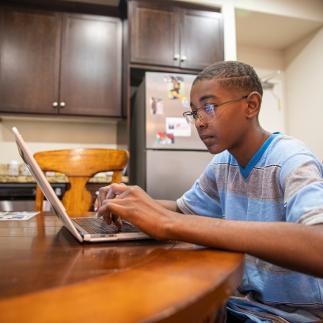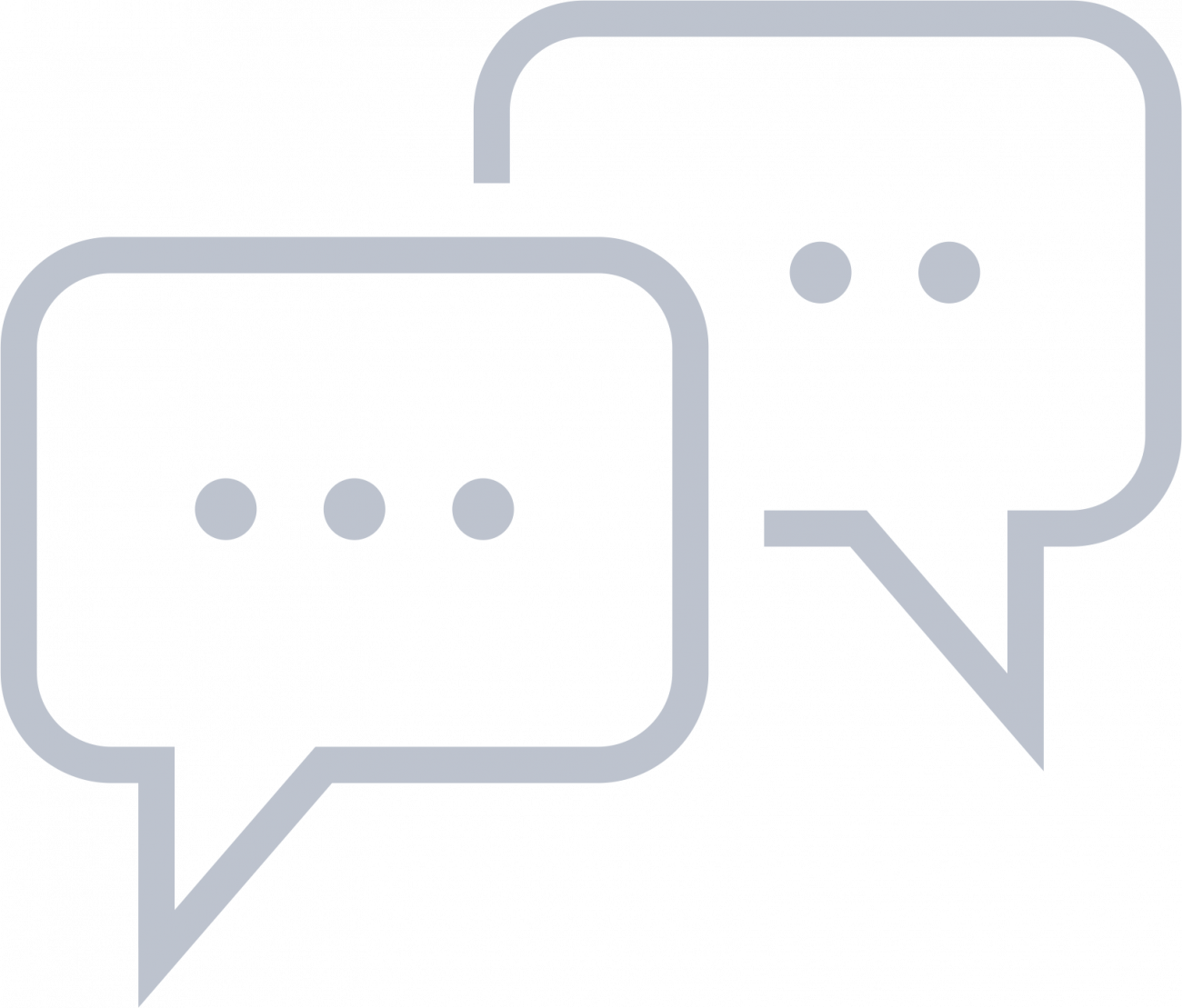Supporting Learning in the COVID-19 Context

Summary
Though the delivery of instruction in the 2020–21 school year will be altered to mitigate the spread of COVID-19, a long-standing research base on high-quality instruction can inform decisions about students’ learning and engagement. The following ten recommendations distill the key findings from the PACE report Supporting Learning in the COVID-19 Context, which offers a framework for educators and district leaders to use in their preparation to provide quality instruction through distance and blended models.
Recommendations to educators:
Prioritize interaction and collaboration in synchronous learning opportunities.
Being part of a community of learners is critical to fostering student engagement in distance and blended learning. Prerecorded lectures, videos, and readings should be assigned for students to engage with asynchronously (on their own time) so that synchronous (“face-to-face”) class time can be reserved for active learning and interactive class engagement. The focus—particularly at the outset of distance learning—should be on developing a sense of class community and norms of engagement.
Conduct regular formative assessments and provide prompt feedback to students and families.
Students need regular feedback to support their learning and to recognize and encourage engagement, particularly when in-person interaction is limited. In addition to measuring attendance in distance learning, educators must assess student learning frequently and through diverse approaches. Timely and regular feedback should be provided not only to students but also to families, who are critical partners in distance learning.
Provide regular, individualized contact for each student.
Isolation and exposure to stressors related to COVID-19 have increased student social- emotional needs. Students should receive ongoing and reliable contact from a school staff member about their learning and also their general well-being. This staff member may notice areas of concern and connect students to necessary supports.
Focus on accelerating learning of grade-level content.
The content that should have been covered in spring 2020 cannot be assumed to have been delivered, received, or retained. Teachers should develop familiarity with their students’ prior year content so that they can provide necessary scaffolding as they pursue instruction of grade-level standards.
Recommendations to district leaders:
Conduct an after-action review and needs assessment.
Districts should reflect on what they learned and could improve on from their distance learning efforts in spring 2020. This should include taking stock of needs and assets for distance learning in the upcoming year, for example, teacher professional development, technology, and systems for coordinating student supports.
Set instructional priorities and help develop viable curricula.
Due to the logistical constraints of distance and blended instruction, it will be challenging for educators to cover the entirety of grade-level standards in addition to content from the prior year’s curriculum. Districts can support instructional planning by reviewing each grade level’s scope and sequence from the time of March school closures through the end of the 2020– 21 school year to identify instructional priorities for the upcoming year—or by providing support for schools to do this work. The emphasis should be on prioritization of standards, not elimination. Additionally, districts should provide model lessons and curricula that can be used in distance learning to support teachers as they adapt to this model.
Develop and communicate clear roles and expectations.
Districts must develop plans for high-quality distance instruction and set clear expectations for the roles of students, educators, and families in distance learning. Communication should occur early, often, and bidirectionally between schools and families.
Support educator well-being and professional learning.
The transition to distance learning has been a personal and professional challenge for most teachers. Educators could benefit from support on best instructional practices, curriculum development, and student engagement in the distance and blended contexts. Districts can help by listening to educators, responding to their needs, protecting time for collaboration, putting protocols in place for connecting students to additional support, and providing high-quality professional development.
Reconceptualize educator roles and team structures.
Distance learning enables schools and districts to reimagine educator roles. Instead of all teachers fulfilling the same duties, roles and tasks can be distributed across educators teaching the same grade or course. Examples of tasks that could be distributed across teams may include live instruction, family outreach, providing formative feedback, and material curation. The roles of other support staff—including paraeducators, expanded learning providers, and content specialists—can also be creatively deployed in service of meeting student learning needs in distance and blended learning contexts.
Assess student well-being and develop systems to respond to greater student needs.
Good district decision-making about how to address student social-emotional and learning needs will depend on access to relevant, timely, and accurate information. Districts play an essential role in supporting the collection of data to inform action in support of student well- being and learning.
For recommendations on how state policy can advance high-quality and equitable distance learning, view the related PACE policy brief Lead with Equity: What California’s Leaders Must Do Next to Advance Student Learning During COVID-19.
Myung, J., Gallagher, H. A., Cottingham, B., Gong, A., Kimner, H., Witte, J., Gee, K., & Hough, H. J. (2020, July). Supporting learning in the COVID-19 context: Research to guide distance and blended instruction [Policy brief, report]. Policy Analysis for California Education. https://edpolicyinca.org/publications/supporting-learning-covid-19-context













